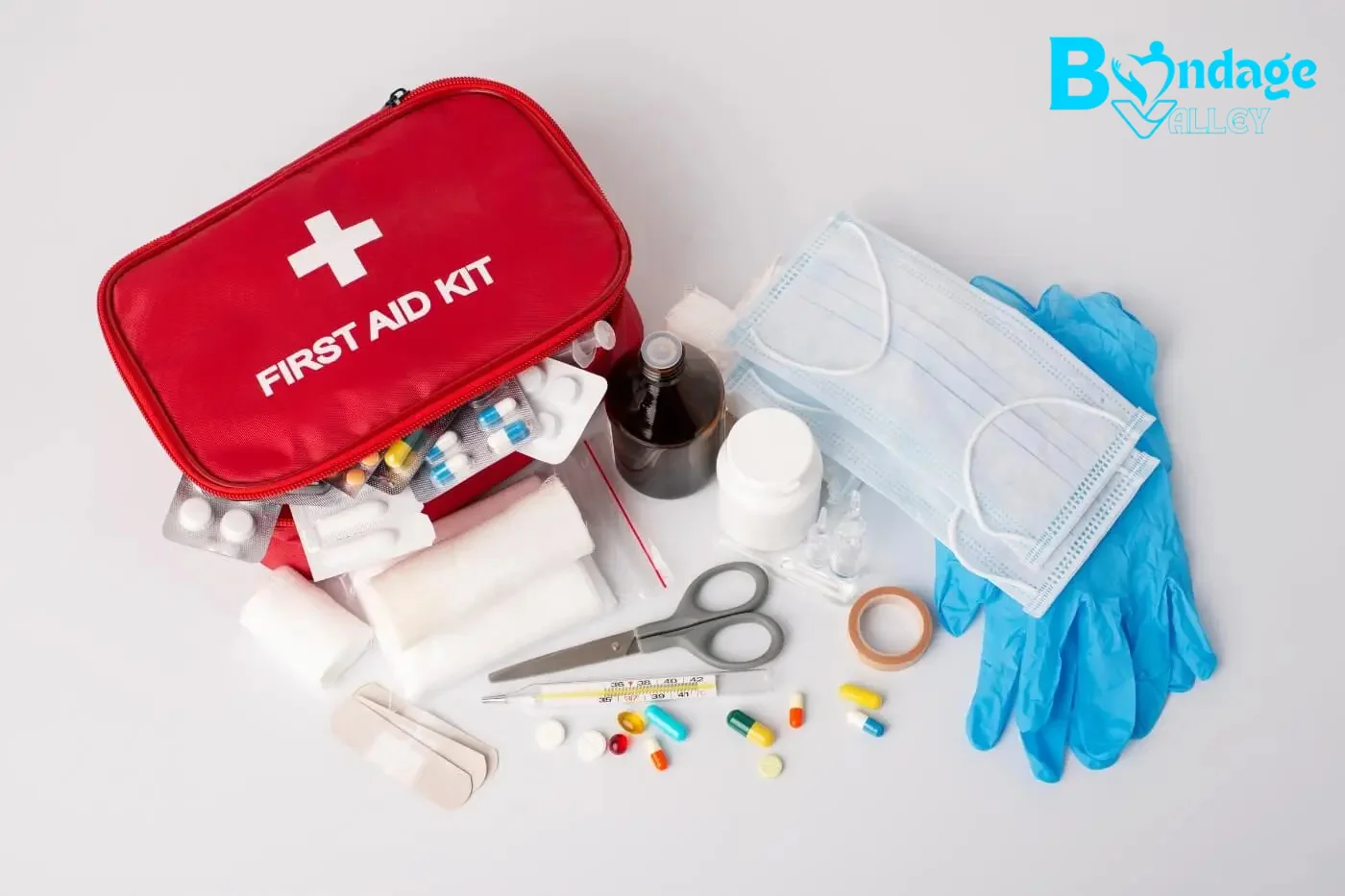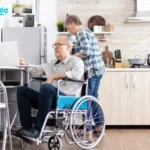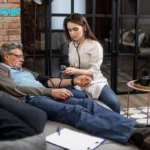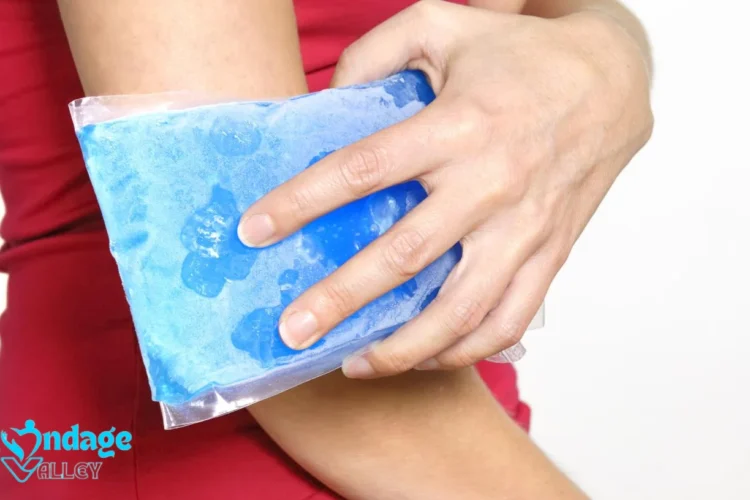
Most people hear the words “first-aid” and their brain jumps to that white box with a big red cross slapped on the front. Probably tucked away somewhere in a kitchen cupboard or stuck to a wall in the office no one looks at. But first-aid isn’t just about having the kit – it’s about knowing what to do when things suddenly go wrong.
Truth is, that kit means nothing if the hands opening it don’t know what they’re reaching for. Real first-aid is a skill, not a box. It’s what makes the difference when someone’s gasping for breath or when seconds are slipping by and someone’s heart just… stops. It’s not drama – it’s real life. Having the right skill in that moment can mean using a defibrillator properly or knowing where that adrenaline shot is when someone’s going into shock. It’s not rare. It happens. And those with basic know-how can be the reason someone survives.
Everyday Situations Where First-Aid Skills Actually Matter
You don’t need to be in the middle of some disaster to see first-aid come into play. Here are real-life, everyday moments where basic knowledge can mean a lot:
- Someone faints at a bus stop – Knowing how to check breathing and put them in the recovery position can prevent choking or worse.
- Elderly person trips and cuts their head – Bleeding control, keeping them calm and monitoring for signs of concussion are key.
- Child choking on food at home – Those few seconds of back blows and knowing when to call 999 matter more than anything.
- Colleague collapses from a heart issue – Early CPR and defib use before paramedics arrive massively increases survival.
- Burns while cooking – Running water, clean covering and no dodgy home remedies make all the difference.
- Seizure in the supermarket – Keeping them safe, not restraining them, timing the seizure – all part of basic first-aid.
- Allergic reaction to a bee sting – Recognising signs and knowing how to use an epinephrine auto-injector could literally save a life.
It’s not just nurses, carers or paramedics who benefit from knowing what to do in an emergency. Regular people – parents, neighbours, shop staff, literally anyone – can end up being the first responder just because they were there. On the other hand, if you’re in the care profession or planning to get into it, these skills aren’t optional – they’re the basics. They’re what people trust you to have. Either way, whether you’re a parent at home or a support worker on shift, the following are the first-aid skills everyone should know inside out.
The Core First-Aid Skills Everyone Should Know
How to Check if Someone Is Responsive?
Before doing anything else, check if the person is conscious. You don’t need special tools — just use your voice and your hands.
What to do:
- Gently shake their shoulder and say loudly, “Are you okay?”
- No response? Tap their collarbone (light but firm).
- Still nothing? That’s unresponsive — time to act.
- Shout for help or tell someone around you to call 999.
This check is quick, but it sets everything in motion. It helps you decide what to do next, whether it’s CPR or just keeping them in a safe position.
Calling 999 – What to Say and Do
A lot of people panic and forget what to say when calling emergency services. It’s simple if you keep calm.
What to do:
- Dial 999 and ask for ambulance (or other service if needed).
- Speak clearly and slowly.
- Give your exact location first – street, building, postcode if you know it.
- Describe what happened and the condition of the person:
- Are they breathing?
- Are they awake?
- Is there bleeding?
- Don’t hang up until they say so — they might give you instructions to follow until help arrives.
Even if you feel useless, being calm and clear on that call could save time, which saves lives.
The Recovery Position (Step-by-Step)
If someone is unconscious but breathing normally, you don’t start CPR. You put them in the recovery position to keep their airway clear and prevent choking.
How to do it:
- Kneel beside them.
- Make sure both their legs are straight.
- Take the arm closest to you and place it at a right angle (L-shape).
- Bring the far arm across the chest and place the back of their hand against their cheek (facing you).
- Grab the far leg just above the knee and pull it up.
- Carefully roll them toward you by pulling the leg.
- Tilt their head back gently to open the airway.
Stay with them and check they’re still breathing until help arrives.
CPR Basics (Including Hands-Only CPR)
CPR is for when someone isn’t breathing or has no pulse. You can start with just hands-only CPR, especially if you’re not trained for rescue breaths.
What to do:
- Kneel beside the chest.
- Put one hand on top of the other, fingers interlocked.
- Place your hands in the centre of the chest (between nipples).
- Lock your elbows and use your full body weight to push hard and fast.
- Aim for 100-120 compressions per minute (think of the beat of Stayin’ Alive).
- Push down about 5–6 cm each time, let the chest come back up.
- Don’t stop unless:
- The person wakes up.
- Someone with more training takes over.
- You’re too exhausted to continue.
If you have a defibrillator (AED), use it — just follow the voice instructions.
Bleeding – What to Do and What Not to Do
Bleeding can look worse than it is, but it still needs fast action — especially if it’s heavy or from a big vein or artery.
What to do:
- Put on gloves if possible (protect both of you).
- Grab something clean (cloth, towel, bandage) and apply direct pressure to the wound.
- If the cloth soaks through, don’t remove it, just layer more on top.
- Raise the injured area if you can – above the heart helps slow blood flow.
- Call 999 if the bleeding doesn’t stop after 10 minutes of pressure or if it’s severe (spurting, pooling fast).
What not to do:
- Don’t wash deep wounds before stopping the bleeding.
- Don’t use a tourniquet unless you’re trained – it can do more harm than good.
- Don’t panic – calm helps you think clearly.
Burns and Scalds
With burns, it’s all about cooling fast and clean. No oil, no toothpaste, no guesswork.
What to do:
- Run cool water over the burn immediately – for at least 20 minutes.
- Remove rings, watches or clothing near the burn (unless it’s stuck).
- Cover loosely with cling film or a clean plastic bag.
- Don’t burst blisters, peel skin or use creams.
- Call 999 if:
- The burn is larger than the size of the person’s hand.
- It’s on the face, hands, feet, genitals or a joint.
- The person is a baby, child or elderly.
Choking (Adults and Children)
A blocked airway needs fast action. Here’s how to help depending on the person’s age and condition.
For adults and children over 1:
- Ask: “Are you choking?” – if they can talk or cough, encourage them to keep coughing.
- If they can’t speak, cough or breathe:
- Stand behind them, lean them forward.
- Give 5 back blows between the shoulder blades using the heel of your hand.
- If no change, give 5 abdominal thrusts (Heimlich):
- Wrap your arms around them.
- Make a fist and place it above their belly button.
- Pull inward and upward sharply.
- Keep repeating 5 back blows and 5 thrusts until:
- Object is dislodged.
- They go unconscious – then start CPR.
For babies under 1:
- Lay them face down on your forearm, head lower than the body.
- Give 5 gentle back blows.
- Flip them over and give 5 chest thrusts (like CPR compressions, but gentler).
Call 999 if the blockage isn’t cleared quickly or they go unconscious.
Common Situations You Might Face as a Carer
Falls and Fractures
You’re helping someone to the bathroom. Nothing unusual. One step wrong and they lose balance. They hit the floor — hard. No sound at first, then pain. Maybe they’ve hit their hip. Maybe their wrist is twisted weird.
If you have the right skill, you:
- Stay calm, check if they’re breathing and alert.
- Keep them still — you know not to move them until help arrives.
- Cushion their head, cover them to keep them warm and call 999 with clear details.
If you don’t know what to do, panic sets in:
- You try to lift them (risking more damage).
- You don’t support the fracture properly.
- You delay calling for help because you’re unsure — and that delay costs.
Seizures
You’re doing dishes in the kitchen and hear a loud thud. You rush in. Your client is on the floor, arms and legs shaking violently, eyes rolled back. It’s a seizure.
With first-aid knowledge, you:
- Move furniture away so they don’t injure themselves more.
- Put something soft under their head.
- Time the seizure.
- Stay calm, don’t restrain them.
- Call for help if it lasts over 5 minutes or they don’t wake after.
With no training, you:
- Try to hold them down or put something in their mouth — which can cause injuries.
- Freeze and wait, not knowing what’s safe or how long it’s going on.
- Feel helpless — which your client picks up on.
Breathing Issues (Asthma, Allergies)
You’re out on a garden walk. Suddenly, your client stops. One hand gripping their chest. Other fumbling in their bag — they’re trying to breathe but it’s not working.
If you know what to do, you:
- Spot the signs — wheezing, lips turning pale.
- Help them use their inhaler or auto-injector quickly.
- Sit them upright and encourage slow breathing.
- Stay with them and call 999 if it doesn’t improve fast.
If you don’t, you:
- Panic, maybe even lay them flat (which worsens it).
- Fumble with their inhaler or miss the chance to use the EpiPen.
- Lose those vital minutes that could’ve kept them out of the hospital.
Diabetic Emergencies
You’re cleaning up after lunch and notice your client’s acting strange. Slurring words, confused, a little shaky. You think they’re just tired — but they’re going hypo (low blood sugar).
If you know the signs, you:
- Offer them a sugary drink or snack right away.
- Monitor them and call for help if it doesn’t improve.
- Record it in your notes so the care team can adjust things.
If you don’t catch it, you:
- Assume they’re just sleepy.
- Miss the window to give sugar — and they collapse.
- Emergency services arrive too late and now it’s hospital time.
Stroke Signs (FAST Method)
It’s just after breakfast. Your client suddenly looks off. One side of their face is sagging. Their arm’s limp. Their speech is jumbled.
If you’ve learned FAST, you:
- Check Face, Arms, Speech and Time.
- Recognise it’s a stroke — every minute counts.
- Call 999 immediately with exact timing.
- You know not to give food or drink.
- You keep them safe and still until help arrives.
If you don’t recognise it, you:
- Waste time thinking it’s tiredness or confusion.
- Offer tea or help them to bed — worsening it.
- Miss the window where doctors could’ve reversed the damage.
First-Aid Kits – What’s Actually Useful
Let’s get one thing out of the way — not all first-aid kits are useful. Just because it has a million little bandages doesn’t mean it’s ready for an actual emergency. If you’re working in care or even just keeping one at home, it needs to be usable, not just “fully stocked.”
So what should be in there? Definitely the basics:
- A few different-sized sterile dressings.
- Plasters (plenty of them, all shapes).
- Cleansing wipes.
- Medical tape.
- A good pair of scissors.
- Disposable gloves.
- A face shield for CPR.
- Tweezers.
- A foil blanket (yes, really – hypothermia sneaks up).
- And a proper first-aid manual or simple instruction sheet.
That’s your working kit. You don’t need fancy gels or 15 different creams. It’s not a pharmacy. Focus on stopping bleeding, cleaning wounds and helping breathing.
Now, there are extras that can be handy — like an instant cold pack, eye wash or a thermometer — but don’t get too caught up. Keep it simple and useful.
And here’s the bit people ignore: re-stocking. If you use something — replace it. Don’t wait until five plasters and a half-empty glove packet are all that’s left. Assign someone to check it monthly if you’re in a workplace setting. In care work, being caught with an empty kit during an emergency just isn’t acceptable.
When Not to Panic – But Still Act
This one matters more than most people realise: how you act in those first 30 seconds can change everything. Not just for the injured person — but for everyone around.
Panic is loud. Panic freezes you. And people feel it. In care, your clients are often vulnerable. If something goes wrong and you start flapping, they know. And that fear spreads fast.
Staying calm doesn’t mean being emotionless. It means taking a breath, speaking slowly and doing the basics with steady hands. Even if you don’t remember every step perfectly, staying calm gives you space to think. It’s better to do a few key things right than to try doing everything in a rush and mess it up.
Reassurance matters too. Say their name. Tell them what you’re doing. Even a line like “You’re going to be okay, I’m with you, help is on the way” means a lot — especially for the elderly or someone who’s scared or confused. Don’t leave them guessing.
And finally — know when to step back. Once emergency services arrive, hand over the situation. Give them clear info, then follow their lead. Hovering, guessing or over-explaining doesn’t help. They’re trained for the big stuff — you just had to hold things together until they got there. And that’s enough.
At The End
First-aid isn’t about ticking a box or keeping a kit on a shelf “just in case.” It’s about knowing what to do when something goes wrong — because one day, it will. Whether you’re a full-time carer or just someone who wants to be ready, having the skills means you won’t freeze and someone else gets another shot at life because of it. That’s the real value. Get trained, stay sharp and don’t leave it to luck.




A WordPress Commenter
June 18, 2025Hi, this is a comment.
To get started with moderating, editing, and deleting comments, please visit the Comments screen in the dashboard.
Commenter avatars come from Gravatar.